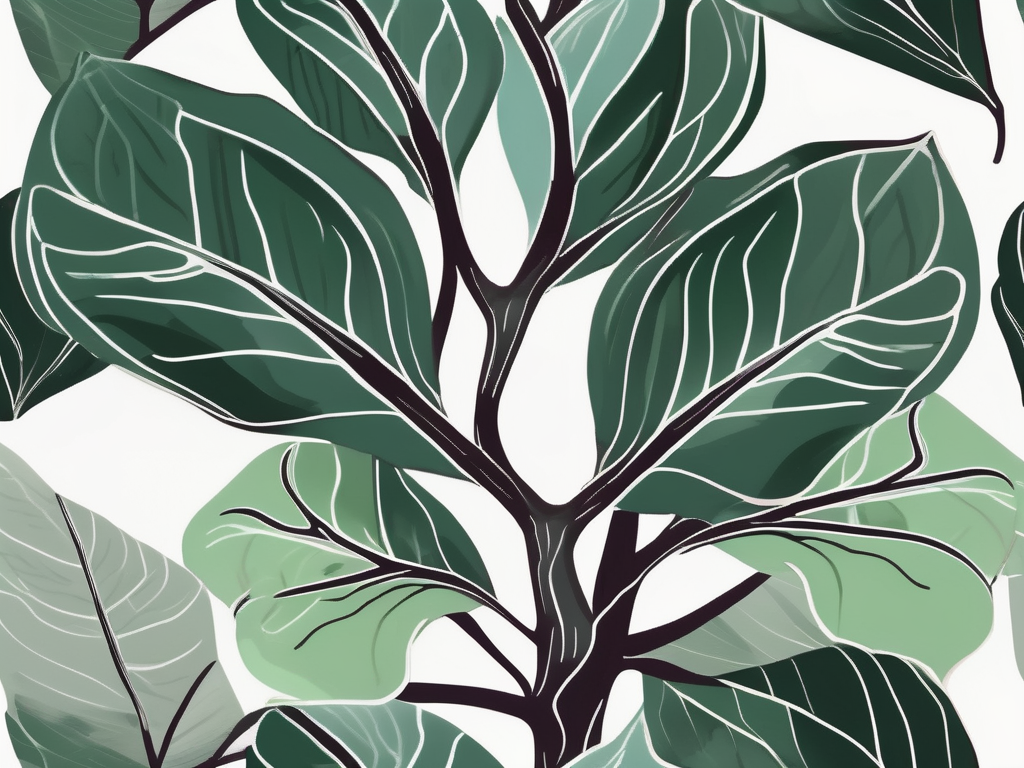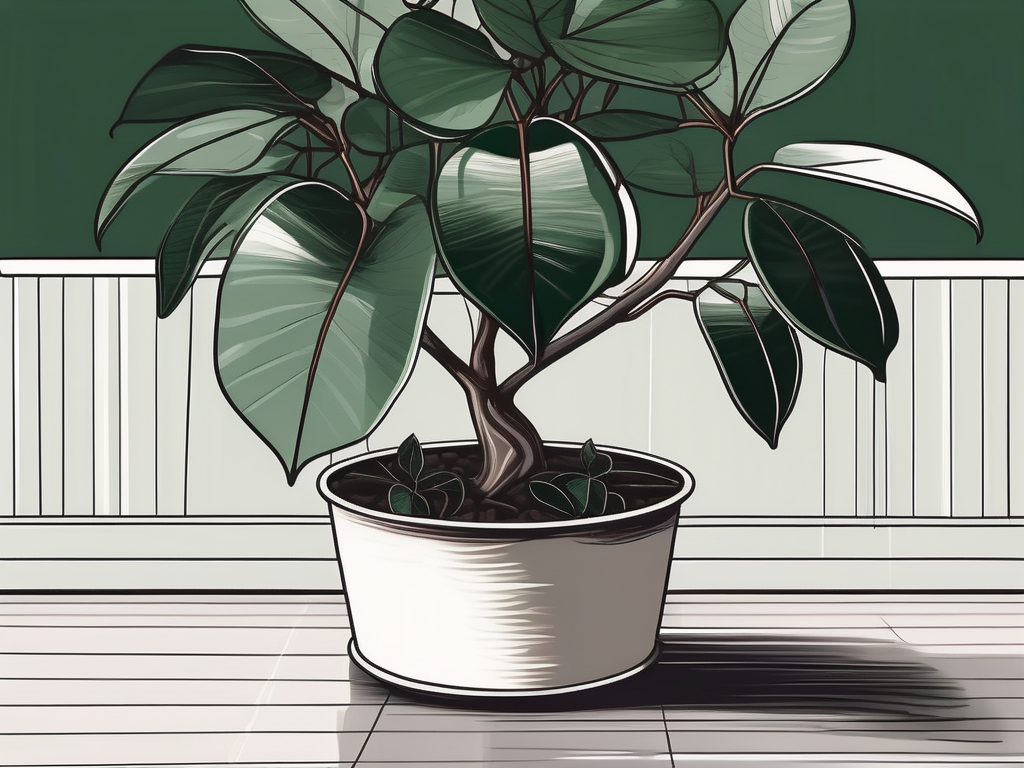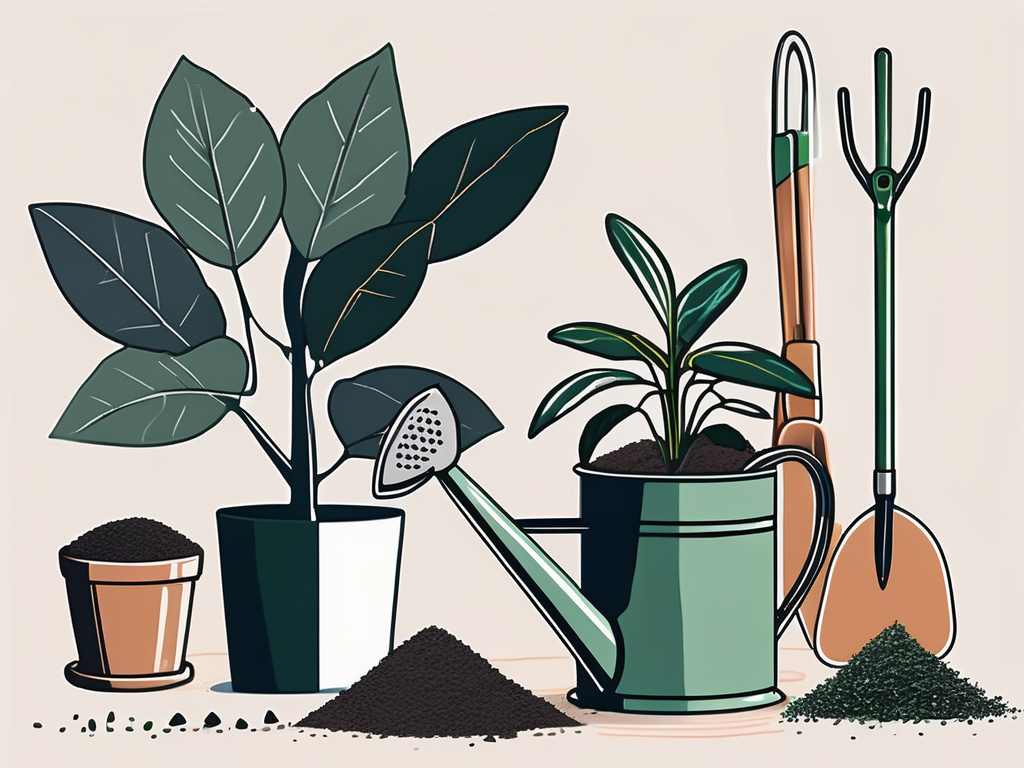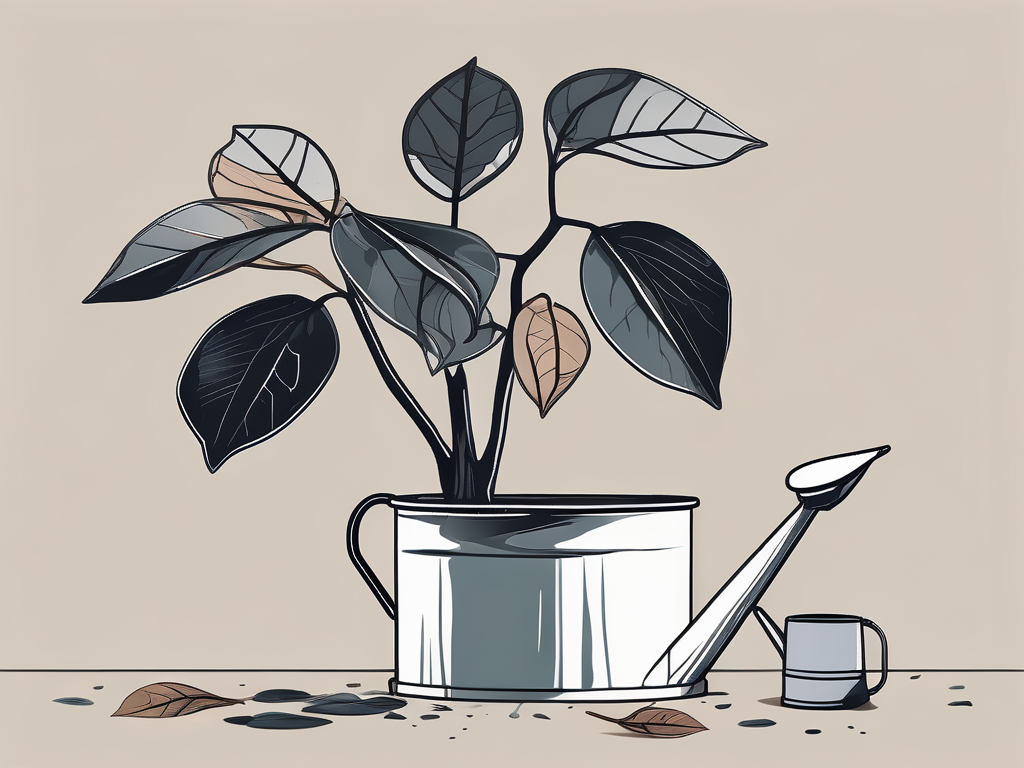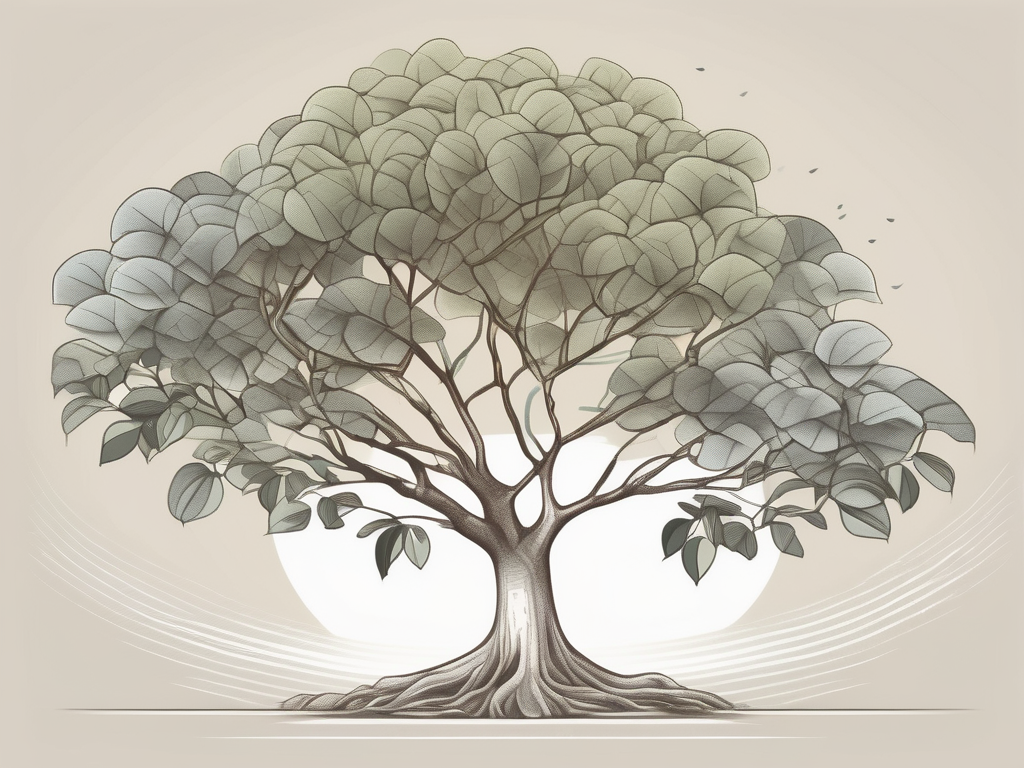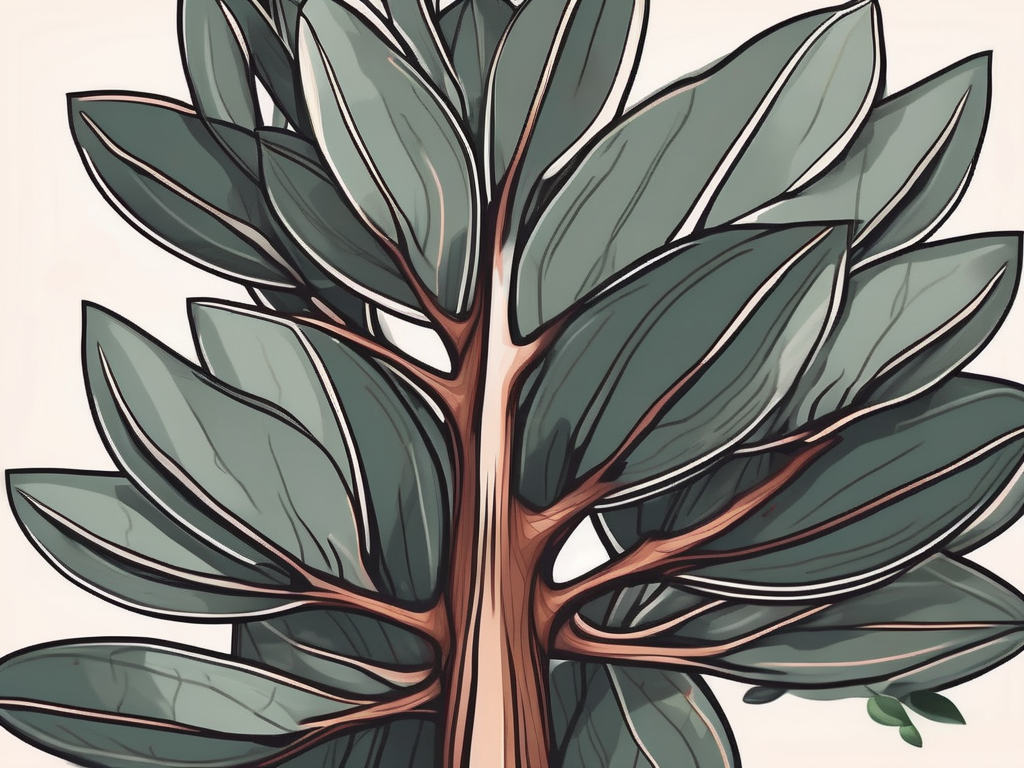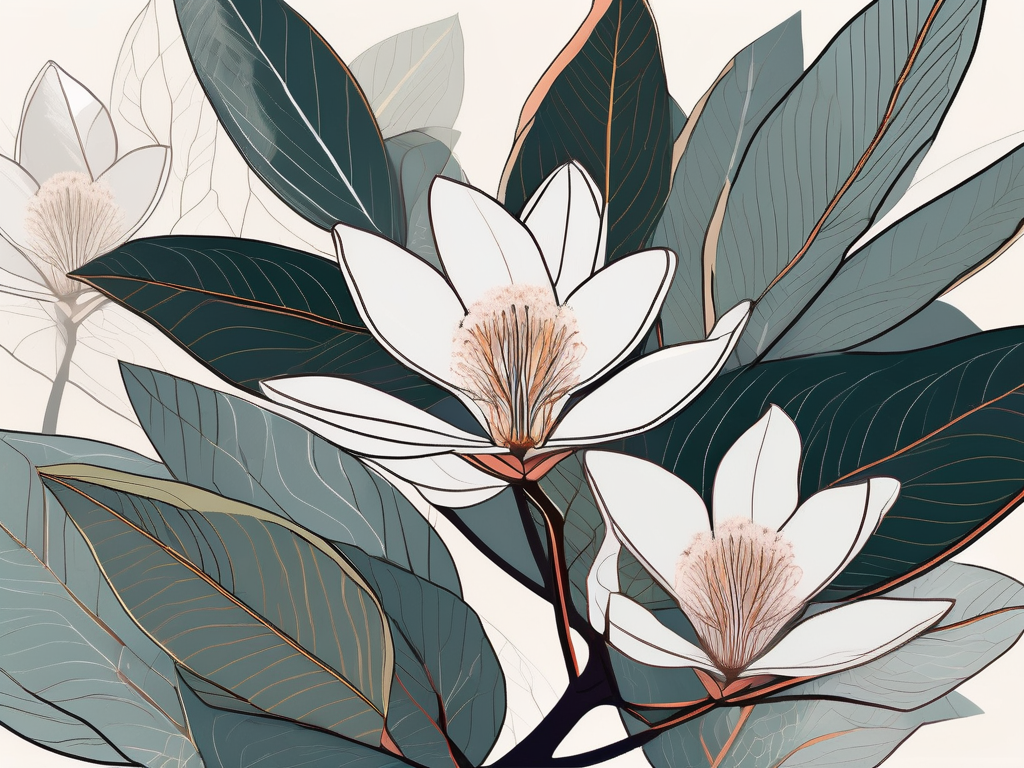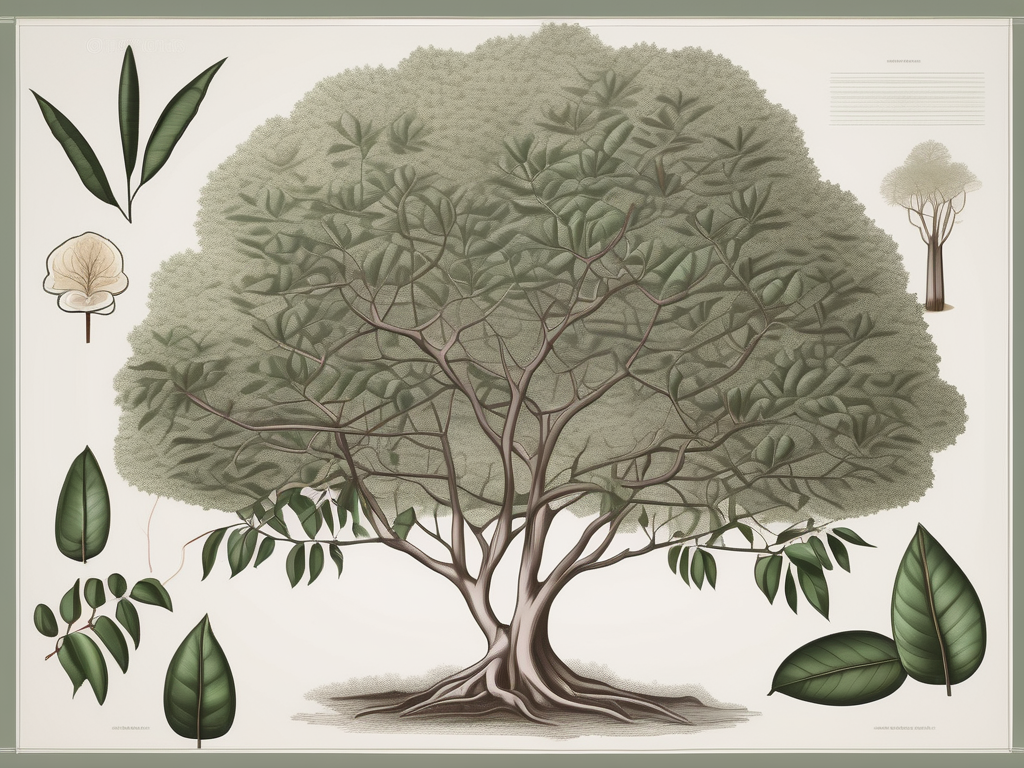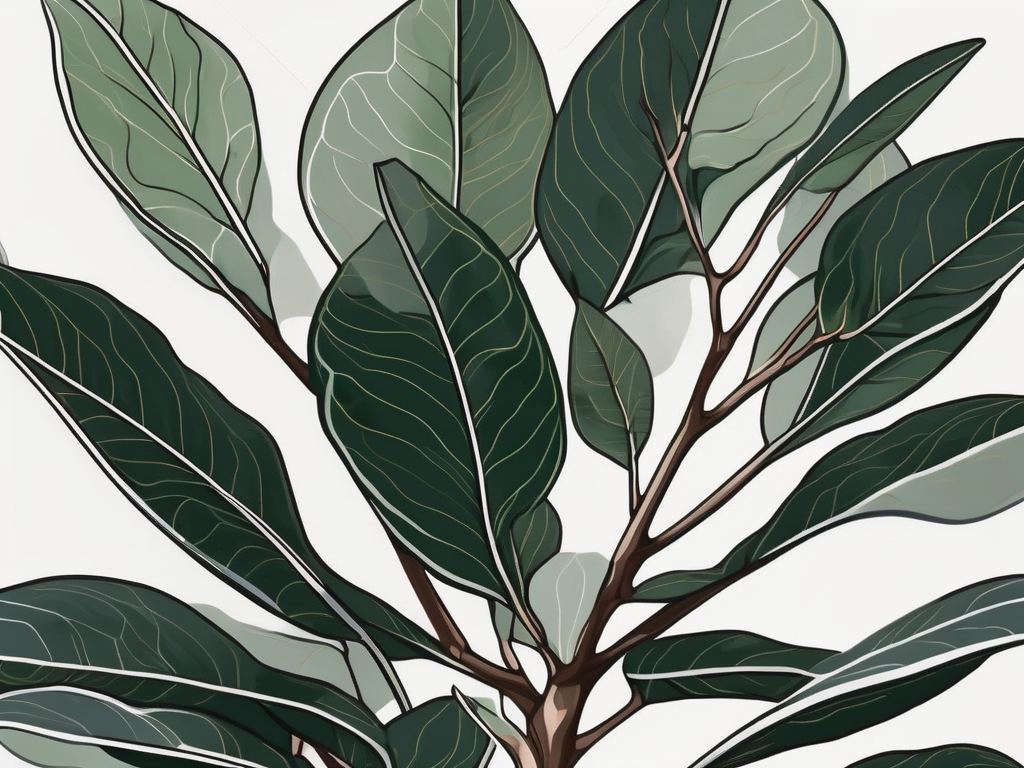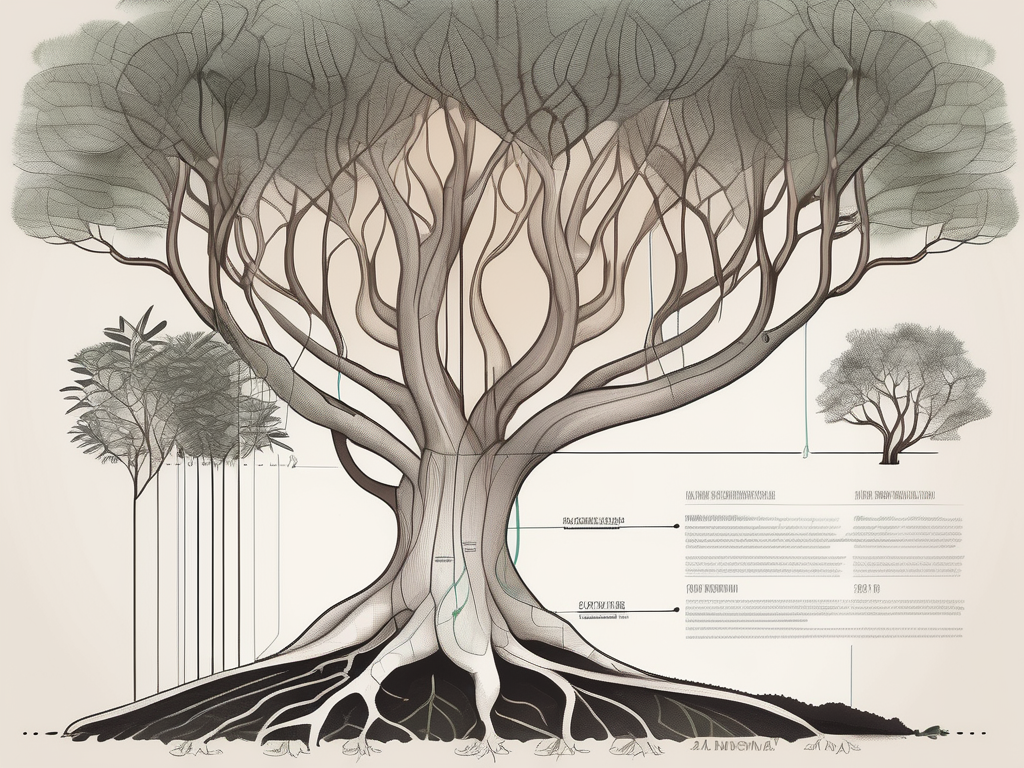
Have you ever wondered how long a rubber tree might stick around in your home, quietly growing into its own leafy glory? The rubber tree, or Ficus elastica, is a popular choice for plant lovers, thanks to its striking appearance and relatively forgiving nature. But when it comes to its lifespan, there’s a lot more to consider than just keeping it alive.
In this article, we’ll explore everything you need to know about the rubber tree’s lifespan. From its natural longevity to the factors that can influence its health and growth, you’ll find plenty of tips to help your rubber tree thrive for years to come.
The Natural Lifespan of a Rubber Tree
To kick things off, let's talk about how long these plants can live. In their natural habitat, rubber trees are known to live for decades, sometimes even over a hundred years. Isn’t that impressive? However, when it comes to indoor life, things can be a bit different. While they may not reach the same grand age indoors, with the right care, your rubber tree can still be a long-term companion.
Indoor rubber trees typically live for 10 to 15 years. But don’t let that limit your expectations. With some extra attention and a bit of luck, they can surprise you by living much longer. Remember, each plant is unique, and their longevity can be influenced by various factors we'll dive into next.
Factors Affecting Lifespan
Several factors can affect how long your rubber tree will live. Understanding these can help you create the best environment for your plant. Here’s what to keep in mind:
- Light: Rubber trees love bright, indirect light. Too much direct sunlight can scorch their leaves, while too little light can stunt their growth.
- Water: Overwatering is a common pitfall. Ensure the soil dries out slightly between waterings to prevent root rot.
- Soil: A well-draining soil mix is vital. Consider using a mix designed for indoor plants that balances moisture retention and drainage.
- Temperature and Humidity: These plants thrive in warm, humid environments. Aim for temperatures between 60-75°F (15-24°C) and maintain moderate humidity.
- Pests and Diseases: Keep an eye out for pests like spider mites and scale. Regularly inspect your plant and treat any issues promptly.
By addressing these factors, you can help ensure your rubber tree enjoys a long and healthy life. It's all about finding that sweet spot where your plant feels right at home.
Growing Conditions for Rubber Trees
Creating the right growing conditions is a bit like setting the stage for your rubber tree to shine. The better you cater to its needs, the more likely it is to thrive. Let’s break down some practical steps you can take.
First, consider the location. Place your rubber tree in a spot where it’ll receive plenty of bright, indirect sunlight. A north or east-facing window can be ideal. Avoid placing it near cold drafts or heating vents, as sudden temperature changes can stress the plant.
Watering is another crucial part of the equation. While it's tempting to water on a schedule, it’s better to check the soil moisture first. Stick your finger about an inch into the soil. If it feels dry, it’s time to water. If it’s still moist, hold off for a few days.
Finally, think about humidity. If you live in a dry climate, consider using a humidifier or placing a tray of water near the plant. Misting the leaves occasionally can help too, but be careful not to overdo it, as this can lead to fungal issues.
Choosing the Right Pot and Soil
The pot and soil you choose play a pivotal role in your rubber tree’s health. Opting for the right combination can prevent issues like root rot and ensure your plant has room to grow.
When it comes to pots, size matters. Choose a pot that’s about 1-2 inches larger in diameter than the root ball of your plant. This gives the roots space to expand but isn’t so large that the soil retains too much moisture. Drainage is crucial, so make sure your pot has drainage holes to allow excess water to escape.
For soil, a well-draining mix is key. You can create your own by combining potting soil with perlite or sand to improve drainage. Some plant lovers swear by adding a bit of orchid bark or peat moss to the mix for added structure and aeration.
Repotting will be necessary as your rubber tree grows. Typically, repotting every 1-2 years is a good rule of thumb, or whenever you notice the roots starting to circle the pot.
Watering and Fertilizing
Watering and fertilizing go hand in hand when it comes to caring for your rubber tree. Getting these right will have a huge impact on its growth and longevity.
As we touched on earlier, overwatering is a common issue. It’s best to water when the top inch of soil feels dry. During the growing season (spring and summer), your rubber tree will likely need more water, while in the dormant months (fall and winter), you can cut back.
Fertilizing is another aspect to consider. During the growing season, feed your rubber tree with a balanced, water-soluble fertilizer every 4-6 weeks. This provides essential nutrients that promote healthy growth. Be sure to follow the instructions on the fertilizer package to avoid overfeeding.
In the cooler months, you can ease up on fertilizing, as the plant's growth naturally slows down. Too much fertilizer during this time can lead to salt buildup in the soil, which can be harmful.
Pruning and Shaping Your Rubber Tree
Pruning is more than just a haircut for your rubber tree—it’s an essential part of keeping it healthy and encouraging new growth. Plus, it helps maintain the shape you want, whether you’re going for a bushy look or a tall, tree-like form.
When pruning, always use clean, sharp scissors or pruning shears to avoid damaging the plant. Trim back any dead or diseased leaves, as well as any overly long stems that disrupt the desired shape.
Pruning is best done in the spring or early summer when the plant is actively growing. This timing helps ensure that new growth will quickly fill in any gaps. Remember, rubber trees can produce a sticky sap when cut, so have a damp cloth handy to clean your tools and protect surfaces.
If you’re feeling adventurous, you can also try shaping your rubber tree through techniques like notching or pinching. These methods can encourage branching and create a fuller appearance.
Dealing with Common Pests and Problems
Even the most vigilant plant parent can encounter pests or problems with their rubber tree. The key is to catch issues early and address them promptly.
Common pests include spider mites, scale, and mealybugs. Regularly inspect your plant for signs of infestation, such as sticky residue, webbing, or small bumps on the leaves. If you find pests, you can often remove them by wiping the leaves with a damp cloth or using an insecticidal soap or neem oil.
Rubber trees can also face issues like leaf drop or yellowing leaves, which can be caused by overwatering, inadequate light, or temperature fluctuations. If you notice these symptoms, assess your plant’s environment and care routine to identify potential stressors.
Don’t be discouraged if problems arise. With some patience and adjustments to your care routine, your rubber tree can bounce back and continue to thrive.
Designing with Rubber Trees in Your Space
Beyond their care, rubber trees offer a stylish and versatile addition to your home decor. Their bold, glossy leaves make a statement in any room, and they’re adaptable to various interior styles.
Consider the size and shape of your rubber tree when deciding where to place it. A tall, tree-like rubber plant can be a dramatic focal point in a living room or office, while a smaller, bushier variety can add a touch of greenery to a bedroom or bathroom.
Rubber trees pair well with a range of design elements. For a modern look, place your plant in a sleek, minimalist planter. If you prefer a more bohemian vibe, try a woven basket or a rustic ceramic pot. The possibilities are endless, so have fun experimenting with different styles.
Beyond aesthetics, incorporating plants like the rubber tree into your home can also improve air quality and create a calming atmosphere. It’s a win-win for both style and well-being.
Propagating Your Rubber Tree
If you’ve fallen in love with your rubber tree and want more, propagation is a rewarding way to expand your plant family. The good news is that rubber trees are relatively easy to propagate through stem cuttings.
Start by selecting a healthy stem with several leaves. Using clean, sharp scissors, cut a section about 6 inches long, just below a leaf node. Remove the lower leaves to expose a few inches of bare stem.
Dip the cut end in rooting hormone to encourage root development, then plant it in a pot filled with a well-draining soil mix. Water thoroughly and cover the pot with a plastic bag or dome to create a humid environment.
Place the cutting in a warm, bright location but out of direct sunlight. After a few weeks, you should see new roots forming. Once the roots are well established, you can transfer your new rubber tree to a larger pot and continue caring for it as you would a mature plant.
Final Thoughts
In wrapping up, rubber trees are not only elegant houseplants but also resilient companions with the potential for a long life if given the right care. From understanding their natural lifespan to mastering the art of propagation, the journey with your rubber tree is one of learning and growth.
At Cafe Planta, we cherish the joy plants bring into our lives. If you have any questions or need a little guidance on your plant care journey, feel free to email us or send a DM on Instagram. We're here to help you create a thriving plant-filled space that connects you with nature and each other. Happy planting!














